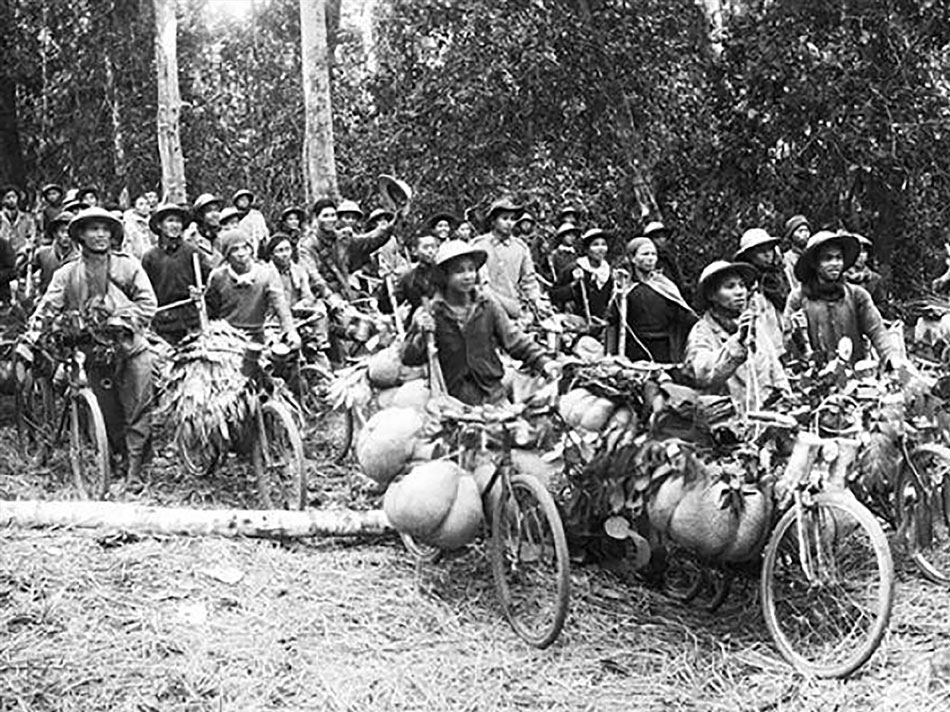
In order to prevent the advance of the Viet Minh troops, the French army dropped thousands of tons of bombs on all the roads leading to Dien Bien Phu. They also planned to create artificial rain to collapse our food transport routes. But all of the French efforts could not defeat the indomitable will of our army and people. All transport routes were still guaranteed to be open and not cut off for more than 24 hours.
To transport goods to Dien Bien Phu, we mobilized all means from motor vehicles to rudimentary ones such as: cars, boats, rafts, rafts, wheelbarrows, bicycles, buffalo carts, rickshaws, and baskets to transport tens of thousands of tons of food to the Dien Bien Phu front.
One of the most primitive means of transport used by laborers in the delta provinces to transport food on flat roads was the wheelbarrow. During the campaign, we mobilized 7,000 vehicles, each vehicle carrying an average of 80-100kg. However, laborers from Trinh Dinh Bam province in Thanh Hoa increased the load capacity of their vehicles to 280kg/trip.
In particular, the logistics force serving the campaign also included a "branch" of bicycles. In the Dien Bien Phu Campaign, we mobilized 20,991 vehicles, each of which could transport an average of 100kg to 150kg of food. However, the Ma Van Thang workers of Phu Tho province increased the vehicle's load capacity to 337kg/trip.
During the entire campaign, according to the summary, we transported 25,056 tons of rice, 268 tons of salt, 907 tons of meat, 1,860 liters of cooking oil, 280 kg of animal fat, thousands of tons of green vegetables, and 917 tons of other foods. To transport that huge volume, in addition to the motor vehicle force, we mobilized 261,451 civilian workers, 628 cars, 20,991 bicycles, 11,899 rafts, 914 pack horses, and 736 buffalo carts.
When the historic Dien Bien Phu campaign ended, Nava himself - Commander-in-Chief of the French Expeditionary Army in Indochina had to admit that: One of the reasons for his failure in the Dien Bien Phu campaign was the simple, rudimentary bicycles driven by Viet Minh laborers who were not well fed, not warmly dressed, and slept on pieces of nylon at the edge of the forest, but were able to drive bicycles with a load capacity of hundreds of kilograms, defeating the most modern weapons such as tanks and large artillery of the French army.
The victory of the Dien Bien Phu Campaign was a combination of many factors, in which the contribution of the civilian labor force was enormous. With the slogan "All for the front, all for victory", the civilian labor force with primitive means overcame countless difficulties, hardships, and sacrifices to transport thousands of tons of food and provisions to serve the campaign, making an important contribution to the great victory of the Vietnamese people.
Presently, the Dien Bien Phu Historical Victory Museum has dedicated a space to display documents, artifacts and recreate the vivid scenes of the bicycle convoys from Thanh Hoa, the horse-drawn convoys from Lai Chau, the rickshaws, and the caravans of cars following each other across high passes and deep ravines. The pairs of baskets, shoulder poles, baskets, large jars, and shoulder poles laden with the heavy burdens of the female laborers who together overcame many minefields, bomb craters, high mountains and deep ravines, joined forces to transport food and provisions for the campaign.
Through the documents and artifacts on display, the Dien Bien Phu Historical Victory Museum hopes to partially recreate the image of the food and provisions transportation work serving the Dien Bien Phu campaign. Thereby helping visitors better understand the contributions of the civilian labor force in the Dien Bien Phu Campaign.
Source



![[Infographic] Notable numbers after 3 months of "reorganizing the country"](https://vphoto.vietnam.vn/thumb/1200x675/vietnam/resource/IMAGE/2025/10/4/ce8bb72c722348e09e942d04f0dd9729)



![[Photo] General Secretary To Lam attends the 8th Congress of the Central Public Security Party Committee](https://vphoto.vietnam.vn/thumb/1200x675/vietnam/resource/IMAGE/2025/10/4/79fadf490f674dc483794f2d955f6045)
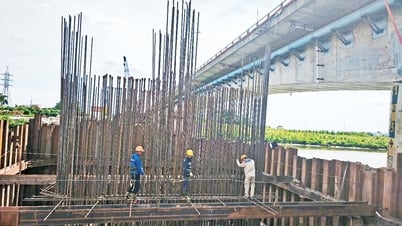



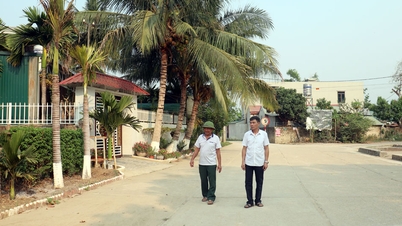
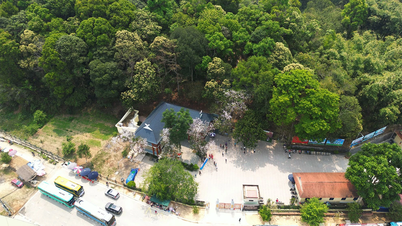
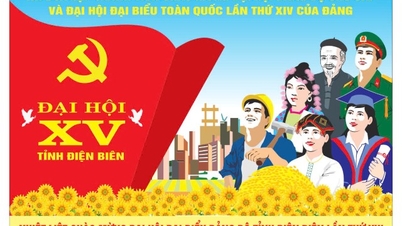
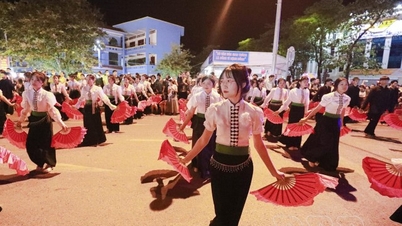


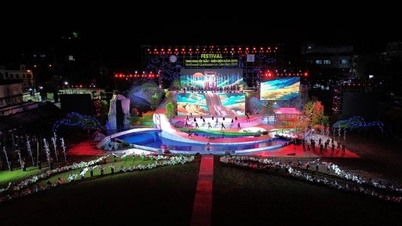






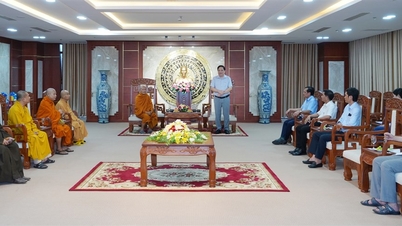

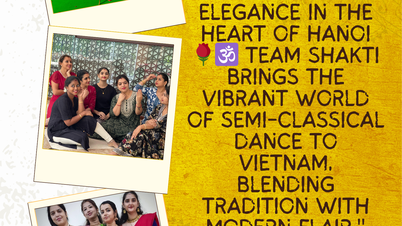


![[Photo] Prime Minister Pham Minh Chinh chairs meeting to deploy overcoming consequences of storm No. 10](https://vphoto.vietnam.vn/thumb/1200x675/vietnam/resource/IMAGE/2025/10/3/544f420dcc844463898fcbef46247d16)
![[Photo] Students of Binh Minh Primary School enjoy the full moon festival, receiving the joys of childhood](https://vphoto.vietnam.vn/thumb/1200x675/vietnam/resource/IMAGE/2025/10/3/8cf8abef22fe4471be400a818912cb85)






































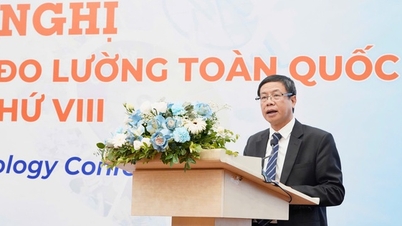

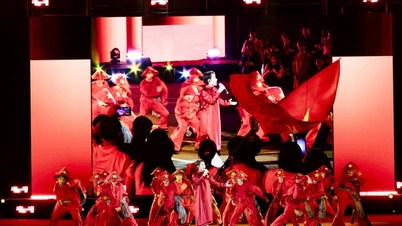

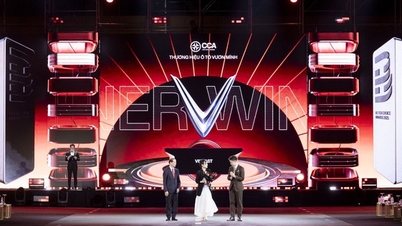
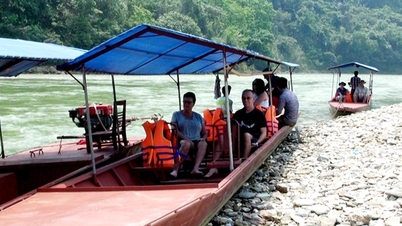


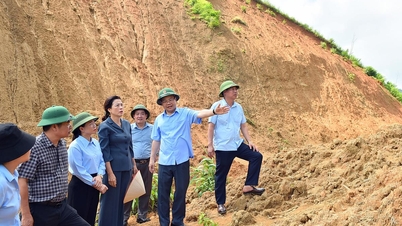

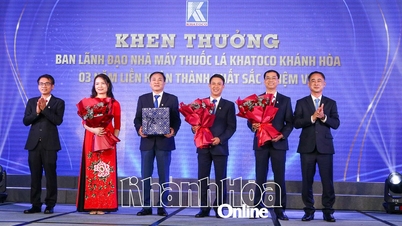

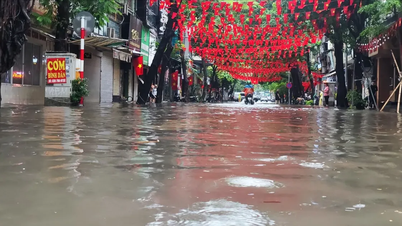

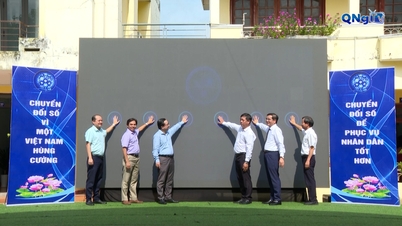

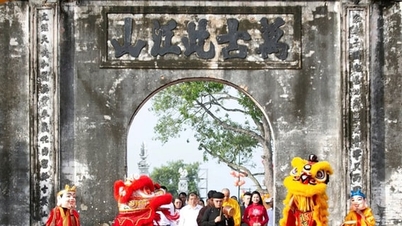















Comment (0)